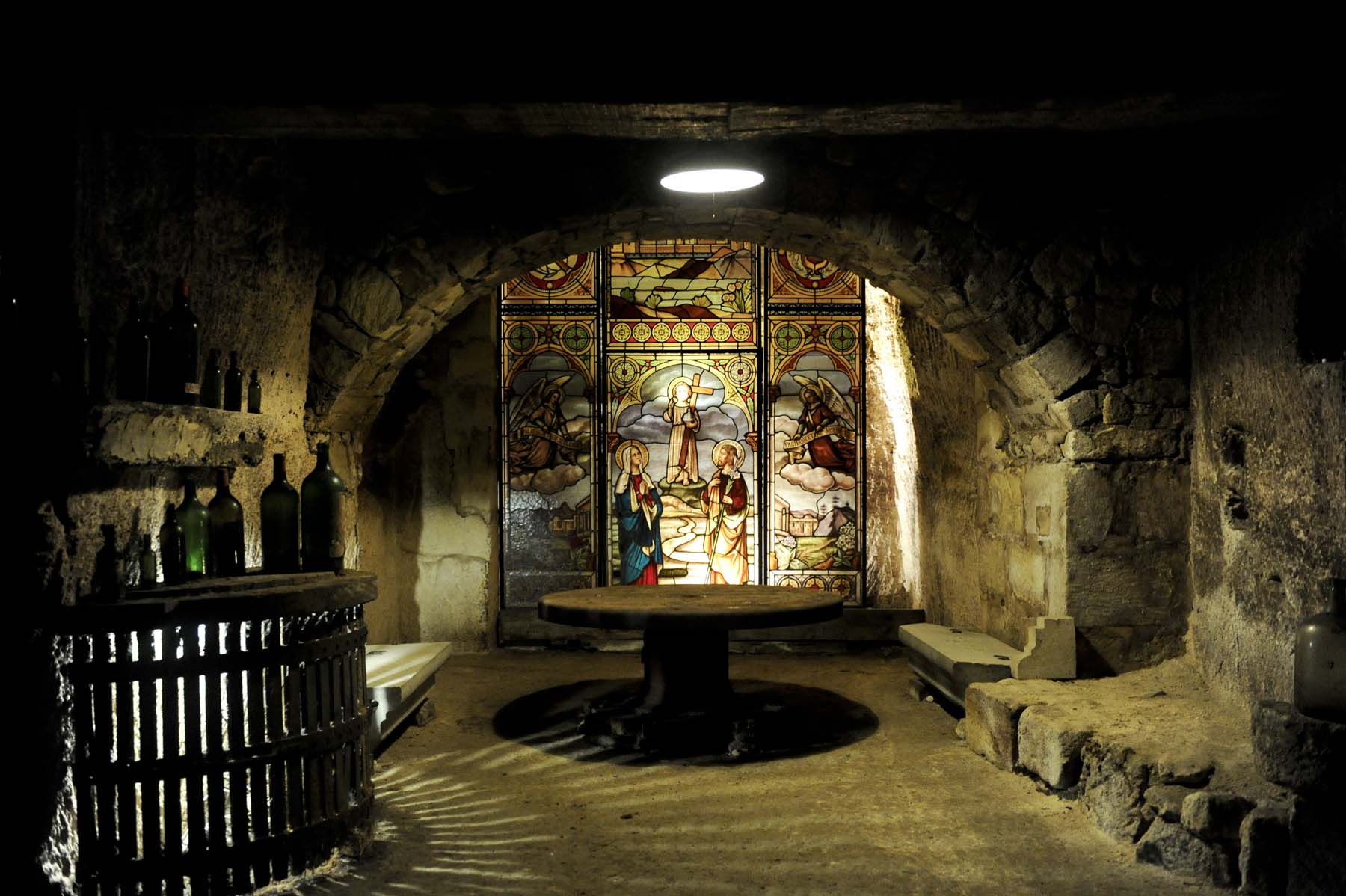
Château Beau-Séjour Bécot
Château Beau-Séjour Bécot has had an interesting last 50 years, with several personnel, philosophy, and ownership changes. Perhaps its relatively recent turnaround is one of the reasons it’s slipped under the radar for many and the reason it currently offers such quality for a relatively modest price.
There is evidence that Beau-Sejour Bécot’s vineyards were cultivated by the Romans 2000 years ago. In more recent times, the vineyards were part of Château Canon, tended to by the monks of St Martin’s Abbey. In the early 20th century, the vineyards were split once more into Beau-Sejour and Beausejour-Duffau-Lagarosse. For the next few decades, it was known as Beau-Sejour Fagouet, named after its then-owner, Doctor Jean Fagouet.
The Bécot family purchased the estate in the mid-20th century and renamed it Beau-Sejour Bécot, the name it’s retained to this day. It was classified as a Premier Grand Cru Classé B in 1855 but subsequently demoted in 1986 before regaining its more prestigious status in 1996 with help from renowned winemaker and friend Michel Rolland.

Since 2014, Julien Barthe and Juliette Bécot have owned the property, both being very hands-on. I know them both well, having visited them multiple times in Bordeaux and hosting them on visits to the UK. They are delightful. In 2018 Michel Rolland ceased working with Beau-Sejour Bécot, and Tomas Duclos was appointed. The shift in style was remarkable, with the wine up until this point being particularly hefty and extracted, perhaps targeting the US market? Since 2019, the wines have been considerably more elegant, fragrant and polished following changes in the vineyards and winery. The winery was completely renovated in 2021, specifically designed to reflect the principles needed to achieve this new style.
|
|

